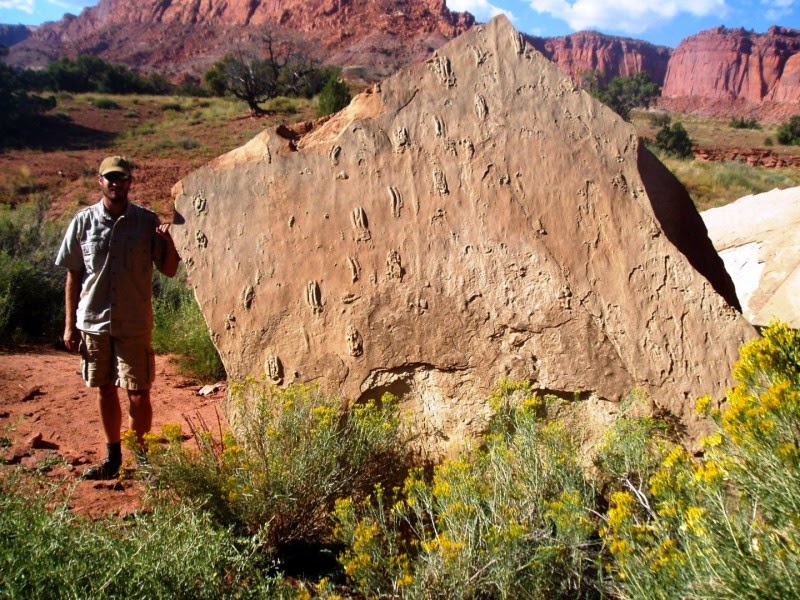
Vertebrate tracks provide valuable information about animal behavior and environments. Swim tracks are a unique type of vertebrate track because they are produced underwater by buoyant trackmakers, and specific factors are required for their production and subsequent preservation. Early Triassic deposits contain the highest number of fossil swim track occurrences worldwide compared to other epochs, and this number becomes even greater when epoch duration and rock outcrop area are taken into account.
This spike in swim track occurrences suggests that during the Early Triassic, factors promoting swim track production and preservation were more common than at any other time. Coincidentally, the Early Triassic period follows the largest mass extinction event in Earth’s history, and the fossil record indicates that a prolonged period of delayed recovery persisted throughout this time period.
During this recovery interval, sediment mixing by animals living within the substrate was minimal, especially in particularly stressful environments such as marine deltas. The general lack of sediment mixing during the Early Triassic was the most important contributing factor to the widespread production of firm-ground substrates ideal for recording and preserving subaqueous trace fossils like swim tracks.
Reference:
T. J. Thomson, M. L. Droser. Swimming reptiles make their mark in the Early Triassic: Delayed ecologic recovery increased the preservation potential of vertebrate swim tracks. Geology, 2015; DOI: 10.1130/G36332.1
Note: The above story is based on materials provided by Geological Society of America.










